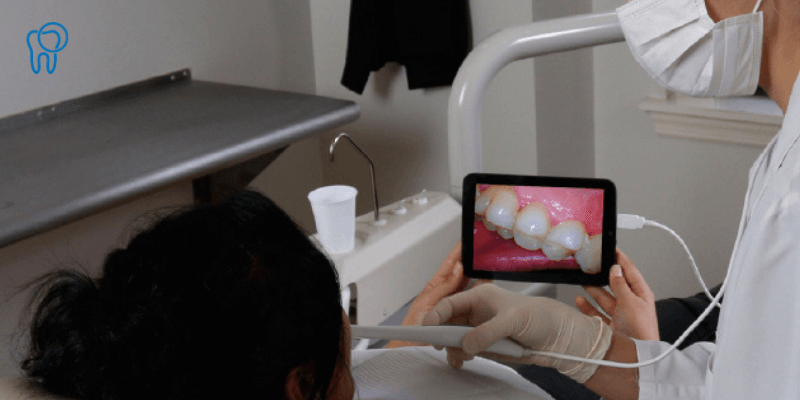
Intraoral cameras are an integral part of successful dental practices, proving a variety of benefits from case acceptance to claim support. One of the most critical roles intraoral cameras can have in a dental office is for oral cancer referrals.
The Epidemic of Oral Cancer
Not all lesions appear the same and while many are benign, the incidence of oral cancer is rising. Tobacco, alcohol and HPV are some of the most common associated risk factors, leading to over 54,000 Americans diagnosed with oral cancer each year. Using an intraoral camera to establish a baseline of soft tissue and to evaluate for changes should be part of any exam.
One Picture May Save a Life
Dental providers may see areas of concern, both hard and soft tissue, that appear abnormal or different. Often, dental providers will tell patients to “monitor it and return in two weeks to re-evaluate”. Offices take measurements and document areas of concern for re-evaluation. Using an intraoral camera to document the area of concern or any changes should be done, as it is difficult to remember the oral condition for each and every patient weeks from now. Clear and crisp intraoral images allow for easy lesion comparison and referral as needed.
Streamlining the Oral Cancer Referral
When a dental or medical provider makes a referral for evaluation of a suspicious lesion, it is recommended to have supporting documentation with the referral. One of the most effective components of a referral are images to document any changes to the specialist. The importance of patient education as part of the oral cancer screening and referral is enhanced when the patient can see the area of concern. Imaging is an important piece proven to help patients understand the importance of following through with referrals.
One picture can seem very simple, when if fact that one intraoral image can have the greatest impact on a person’s life. Imaging creates a baseline, documents any changes and provides value to referrals. Most importantly it demonstrates the education, importance, and necessity for further evaluation
